Sandstone is a type of sedimentary rock that has been an essential element in the history of human civilization. Its versatile nature and aesthetic appeal have long been appreciated in architecture and sculpture, but few people realize the incredible variety and beauty of the minerals that make up sandstone. In this blog post, we will delve into the composition and formation of sandstone, highlighting the minerals that contribute to its unique character.
In the following sections, we will explore some of the main minerals found in sandstone and their unique characteristics.
Quartz (SiO2)
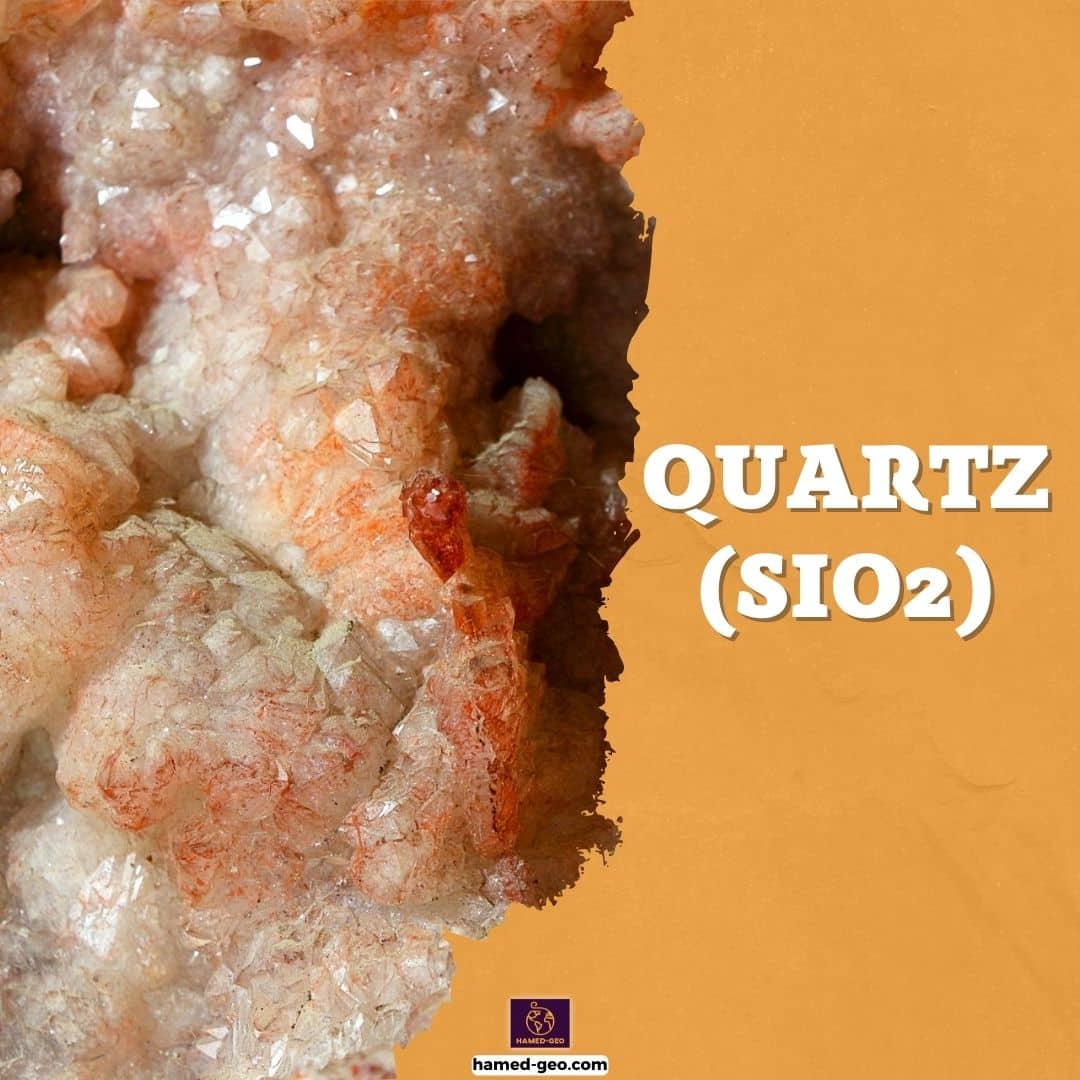
Quartz is the most common mineral found in sandstone, making up over 50% of its composition in many cases. It is a hard, durable mineral resistant to weathering, and its abundance in sandstone is a testament to its ability to withstand erosive forces. As a result, quartz-rich sandstones are generally strong and resistant to weathering, making them ideal for use in construction.
Quartz in sandstone can occur as small grains or, in some cases, as larger crystals. It is typically clear, white, or grey, but can exhibit a range of colors, including pink, purple, and black, depending on the presence of other minerals and inclusions. Quartz can also display interesting optical properties, such as translucency and the ability to refract light, adding to its appeal as a decorative stone.
Feldspar (KAlSi3O8 – NaAlSi3O8 – CaAl2Si2O8)
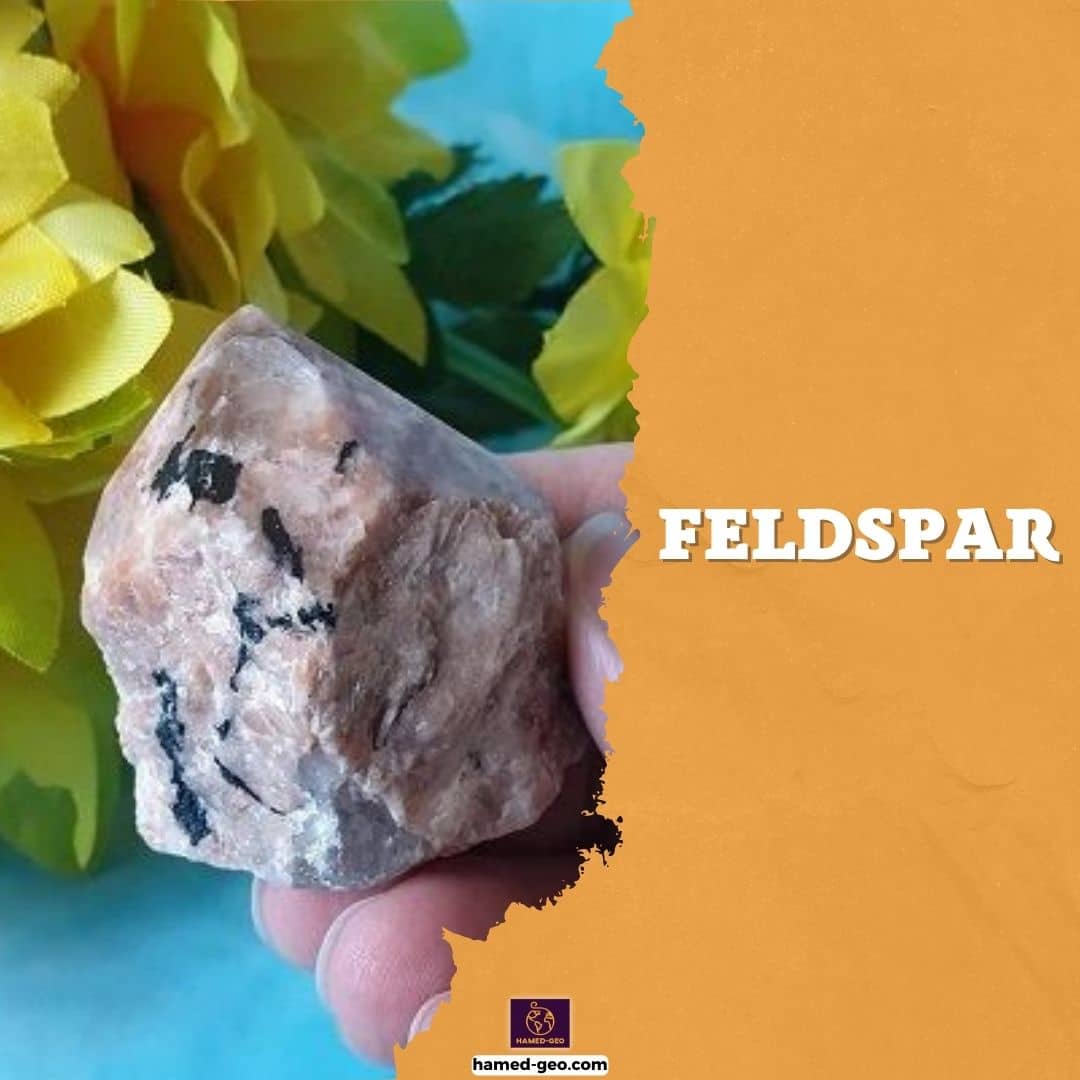
Feldspar is the second most common mineral found in sandstone, and it is actually a group of minerals that includes potassium feldspar (orthoclase), sodium feldspar (albite), and calcium feldspar (anorthite). Feldspars are generally less resistant to weathering than quartz, and their presence in sandstone can indicate a relatively young geological age or a depositional environment close to the source material.
Feldspar grains in sandstone can exhibit a range of colors, including pink, white, and grey, depending on their specific composition. They can also display interesting textures, such as perthitic intergrowths, where thin bands of different feldspar compositions are intermixed, creating a striking visual effect.
Rock Fragments (Lithic Clasts)
Rock fragments, or lithic clasts, are another important component of sandstone. They are pieces of pre-existing rocks that have been weathered and eroded before being incorporated into the sandstone. Rock fragments can include a wide range of rock types, such as shale, limestone, and granite, each contributing its unique mineral assemblage to the sandstone.
The presence of rock fragments in sandstone can indicate a variety of depositional environments, such as river channels, alluvial fans, or deltaic systems, where larger clasts are transported and deposited. They can also provide valuable information about the geological history and provenance of the sandstone.
Calcite
Calcite is a mineral that is commonly found in sandstones that were formed in marine environments. It is a carbonate mineral and has a chemical formula of CaCO3, meaning it is composed of calcium, carbon, and oxygen. It is a very common mineral, found in many different types of rocks and geological formations.
When sandstones are formed in marine environments, they are often composed of a mixture of different minerals, including calcite. This is because marine organisms such as coral and shells are made of calcium carbonate, and when they die, their remains can accumulate on the seafloor and eventually become incorporated into the sediment that forms sandstones.
Calcite is a soft mineral, with a hardness of 3 on the Mohs scale. This means it can be easily scratched by a knife or even a fingernail. It is also a relatively soluble mineral, meaning it can be dissolved in acidic water. This is because the carbon in calcite reacts with an acid to form carbon dioxide gas, leaving behind dissolved calcium ions.
Accessory Minerals (Micas, Heavy Minerals, and Clay Minerals)
Accessory minerals are typically present in small amounts within a rock, but they can have a significant impact on its physical and chemical properties. In sandstone, accessory minerals such as micas, heavy minerals, and clay minerals can provide important information about the rock’s formation, depositional environment, and provenance.
Micas (Biotite and Muscovite)
Micas are sheet silicate minerals that are characterized by their perfect basal cleavage, which allows them to be split into thin, flexible sheets. The two most common micas found in sandstone are:
- Biotite: A dark-colored mica that is rich in iron and magnesium. Biotite typically forms in igneous and metamorphic rocks and is more resistant to weathering than muscovite.
- Muscovite: A light-colored mica that is rich in potassium and aluminum. Muscovite is commonly found in metamorphic rocks, particularly those formed from the alteration of clay-rich sediments.
The presence of micas in sandstone can indicate a metamorphic or igneous source for the sediment. Additionally, since micas are prone to weathering, their presence can suggest a relatively short transport distance from the source area.
Heavy Minerals (Zircon, Tourmaline, and Magnetite)
Heavy minerals are dense, chemically resistant minerals that can accumulate in sedimentary rocks such as sandstone. Some common heavy minerals include:
- Zircon: A zirconium silicate mineral that is highly resistant to weathering and can be used for radiometric dating.
- Tourmaline: A group of boron silicate minerals that occur in a wide range of colors and are often found in metamorphic and igneous rocks.
- Magnetite: An iron oxide mineral that is strongly magnetic and commonly forms in igneous and metamorphic rocks.
The presence of heavy minerals in sandstone can indicate a high-energy depositional environment, as these minerals are typically only transported and deposited where currents are strong enough to carry them. Heavy minerals can also provide information about the source rocks and can be used for provenance studies.
Clay Minerals (Kaolinite, Illite, and Smectite)

Clay minerals are hydrous aluminum phyllosilicates that form through the weathering of feldspar and mica. They are an important component of many sedimentary rocks, including sandstone. Some common clay minerals include:
- Kaolinite: A 1:1 layered clay mineral that forms from the weathering of aluminum-rich silicate minerals, such as feldspar.
- Illite: A 2:1 layered clay mineral that is similar in structure to muscovite but has a lower potassium content. Illite commonly forms from the weathering of feldspar and mica.
- Smectite: A group of 2:1 expanding clay minerals that can swell when they absorb water. Smectite minerals, such as montmorillonite, can form from the alteration of volcanic ash or the weathering of other clay minerals.
Clay minerals in sandstone can indicate a low-energy depositional environment, as they are typically only transported and deposited in calm, quiet settings. The presence of certain clay minerals can also provide information about the source rocks and the degree of weathering experienced by the sediment.
Formation and Composition of Sandstone
Sandstone forms when small sand-sized particles, primarily composed of minerals and rock fragments, accumulate and are compacted over time. These particles, known as clasts, are cemented together by minerals precipitated from water that infiltrates the sediment. The process of sandstone formation is known as lithification, which involves compaction and cementation to transform unconsolidated sediments into solid rock.
The composition of sandstone is primarily determined by the source material and deposition environment. Most sandstones are composed of quartz, feldspar, and rock fragments, but other minerals like micas, heavy minerals, and clay minerals can also be present. The cementing agents in sandstone include silica, calcium carbonate, and iron oxide. The variation in these components leads to a wide range of sandstone types, each with its distinct mineral composition, color, and texture.
In conclusion, the minerals found in sandstone are as diverse as the environments in which they form. From the common quartz and feldspar to the intriguing accessory minerals, each contributes to the unique character and beauty of sandstone. Understanding the mineral composition of sandstone not only allows us to appreciate its aesthetic appeal but also provides valuable insights into the geological history and processes that shaped the rock.

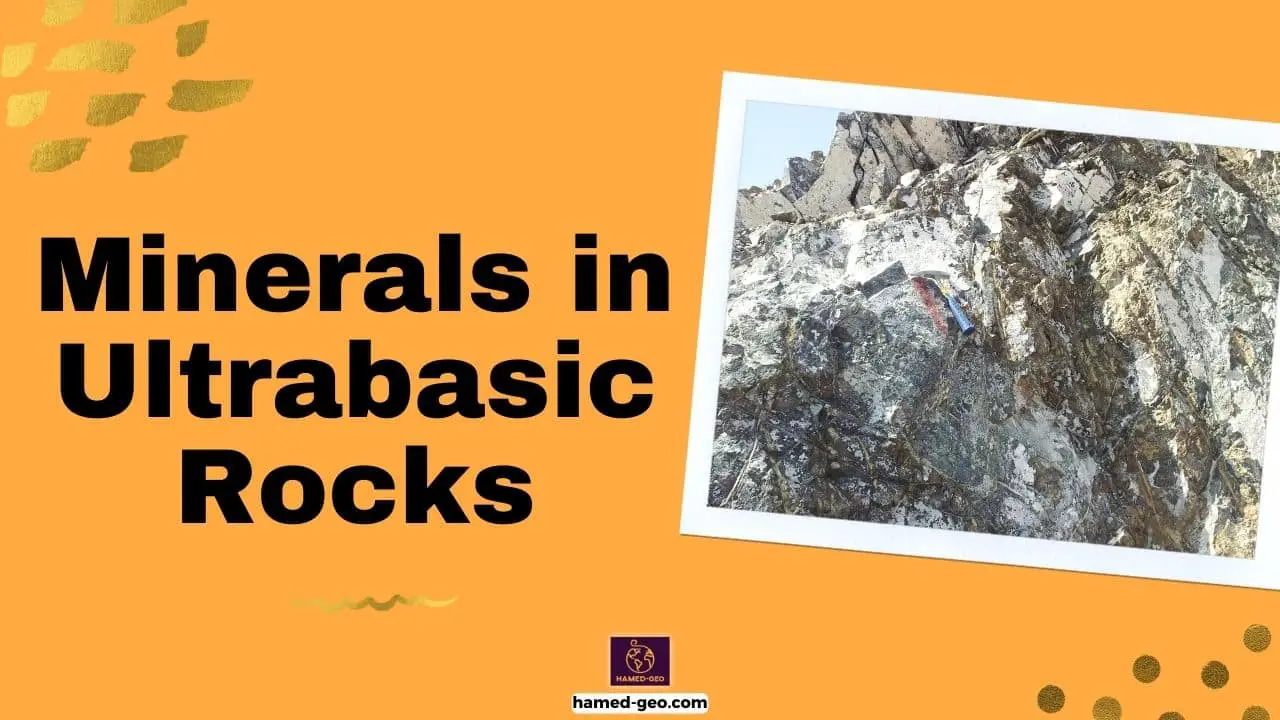
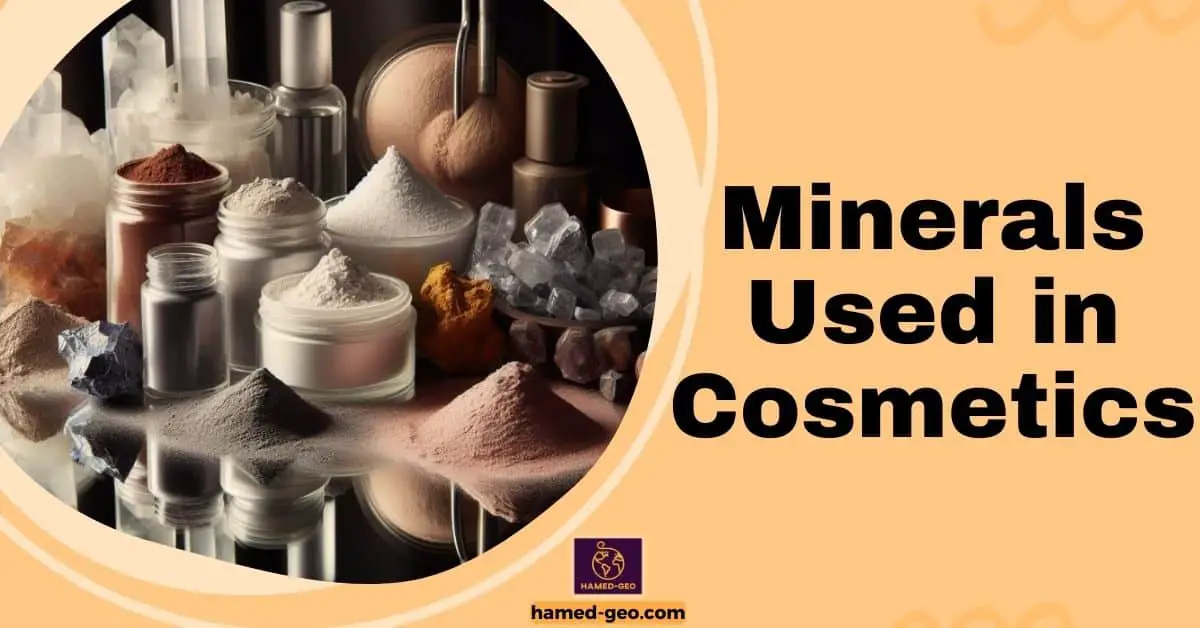
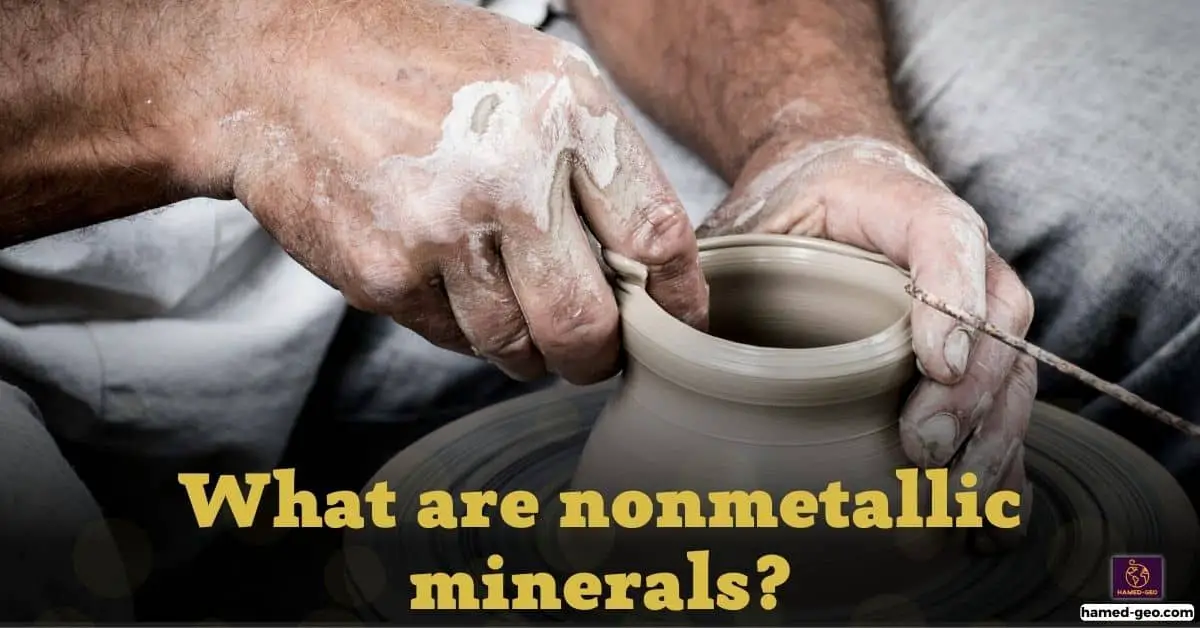
[…] grains that range in size from 0.063 to 2 mm in diameter. These grains are typically made up of minerals such as quartz, feldspar, and mica, but they can also contain other materials such as rock […]